Simple Data Vegetable Cultivation Method
Data vegetables can be cultivated in both winter and summer seasons in our country. Cultivation of this shock is very difficult; Can be done very easily.
Today in this article we will discuss in detail about simple data vegetable cultivation methods.
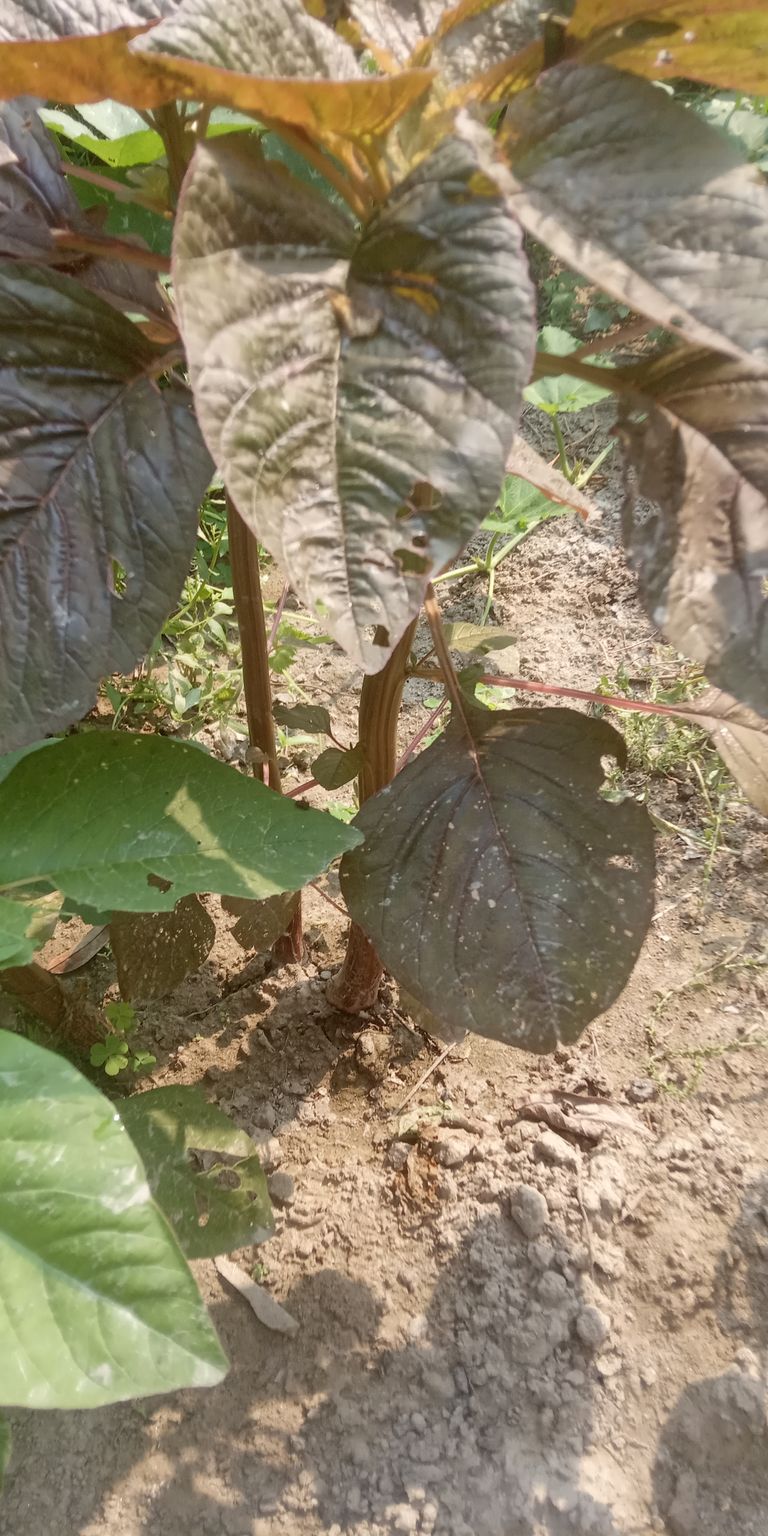
Let's know the simplest data vegetable cultivation method
Date vegetable can be cultivated in both September-October (Kharif) and March-April (Rabi) seasons. Well-drained fertile and deep soil is best for growing data vegetables. This vegetable grows best in soils that contain 'zoe'.
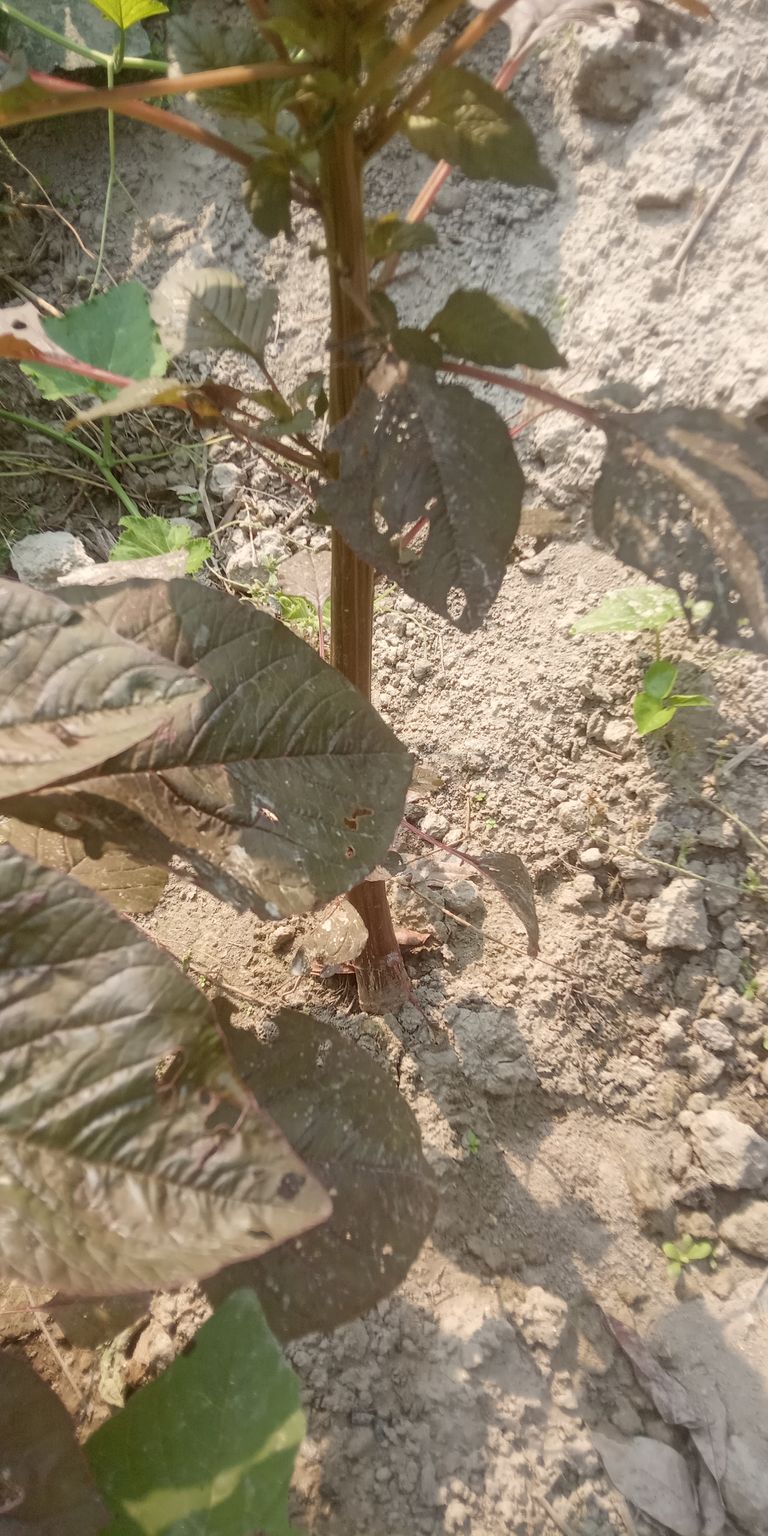
Land preparation and sowing
The land for data vegetable cultivation should be deeply plowed and leveled (the soil should be fine and the land should be free from lumps).
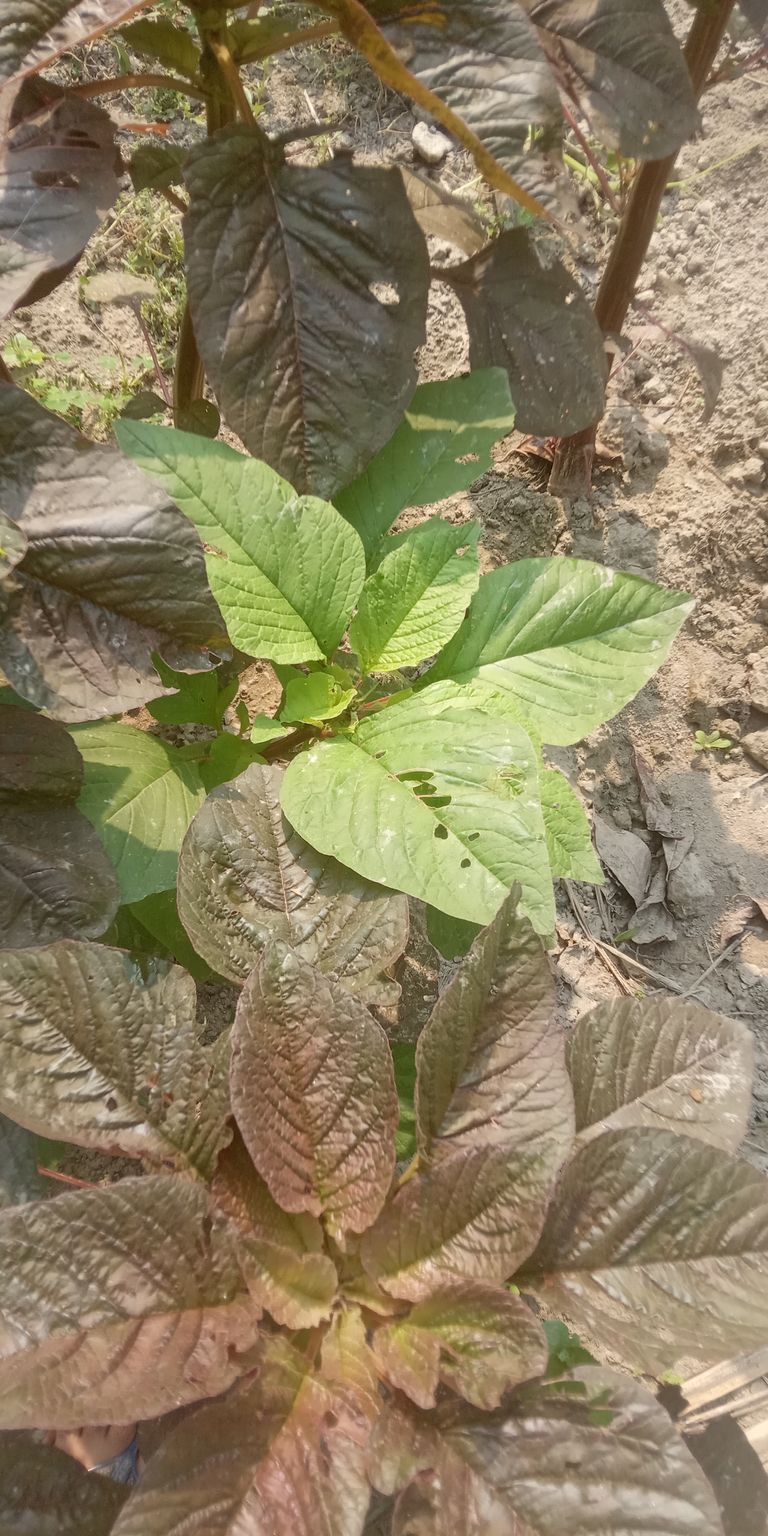
Then make the bed 2.18 feet long and as long as needed.
1 ft. (30 cm.) drain between 2 beds.
At least 30 cm. Rows should be made keeping distance.
The seeds can be sown directly or in lines.
In case of line, 10 cm on both sides of the bed and 20 cm in length. The seeds should be sown in lines far apart.
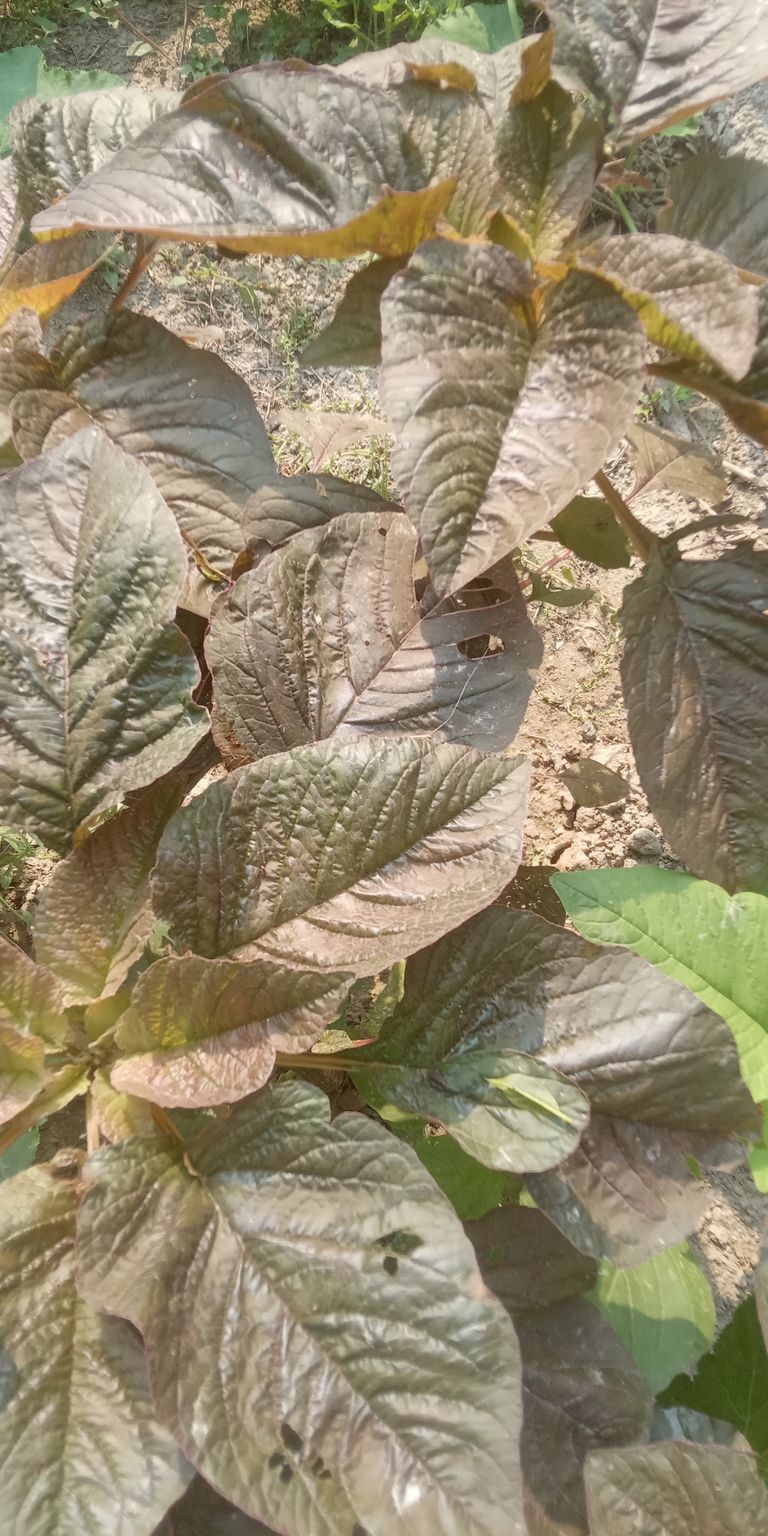
1.0 to 1.5 cm with stick in rows. A deep line must be drawn.
The seeds should be sown in lines and leveled by hand.
If sprinkled and mixed with equal amount of ash or fine sand, the seeds will fall evenly.
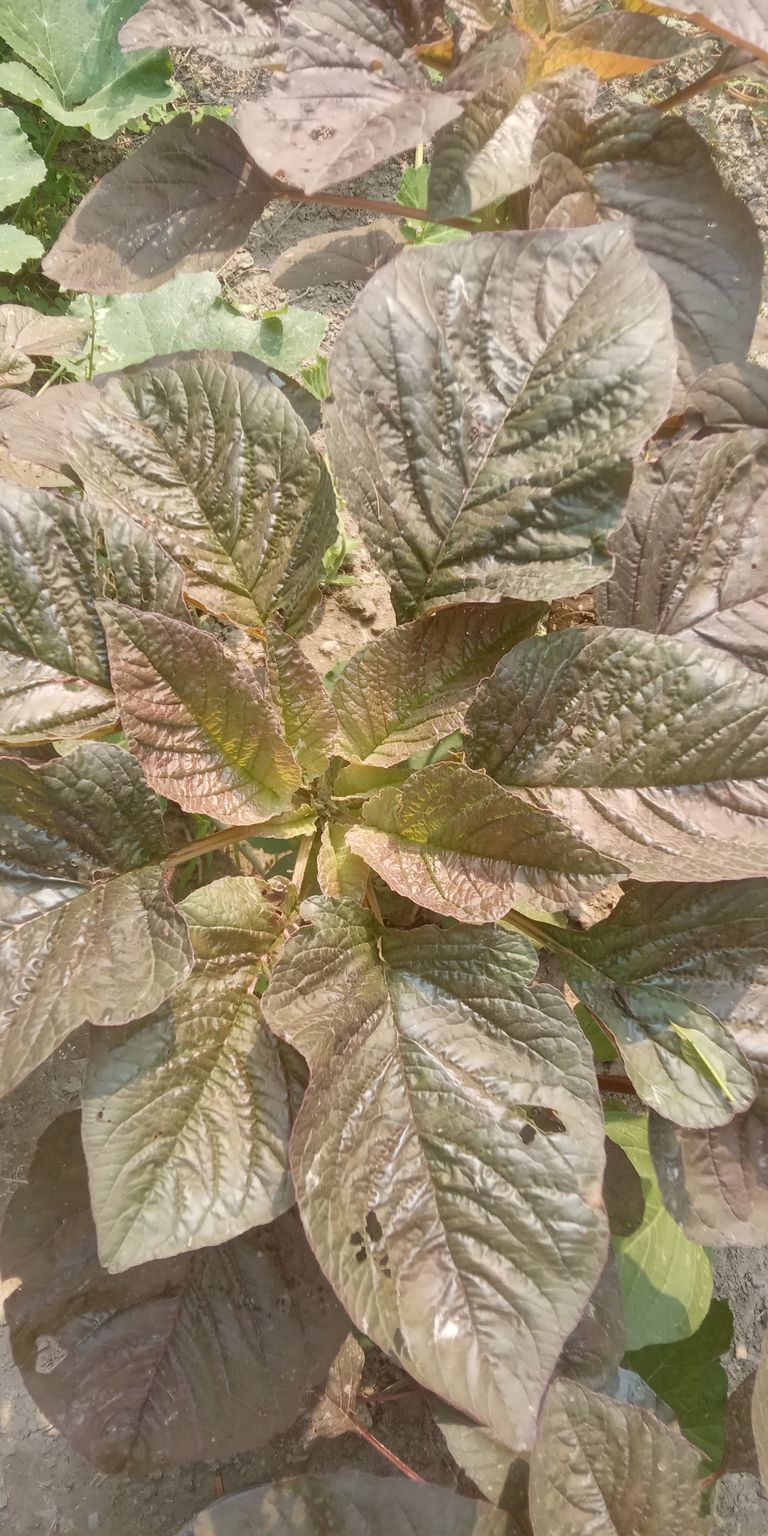
After sowing the seeds should be lightly covered with ladle.
Thinning should be done gradually after sprouting.
As if two plants side by side in a row at the end 8/12 cm. Stays at a distance.
If there is not enough sap in the land, water should be lightly sprinkled through the sieve.
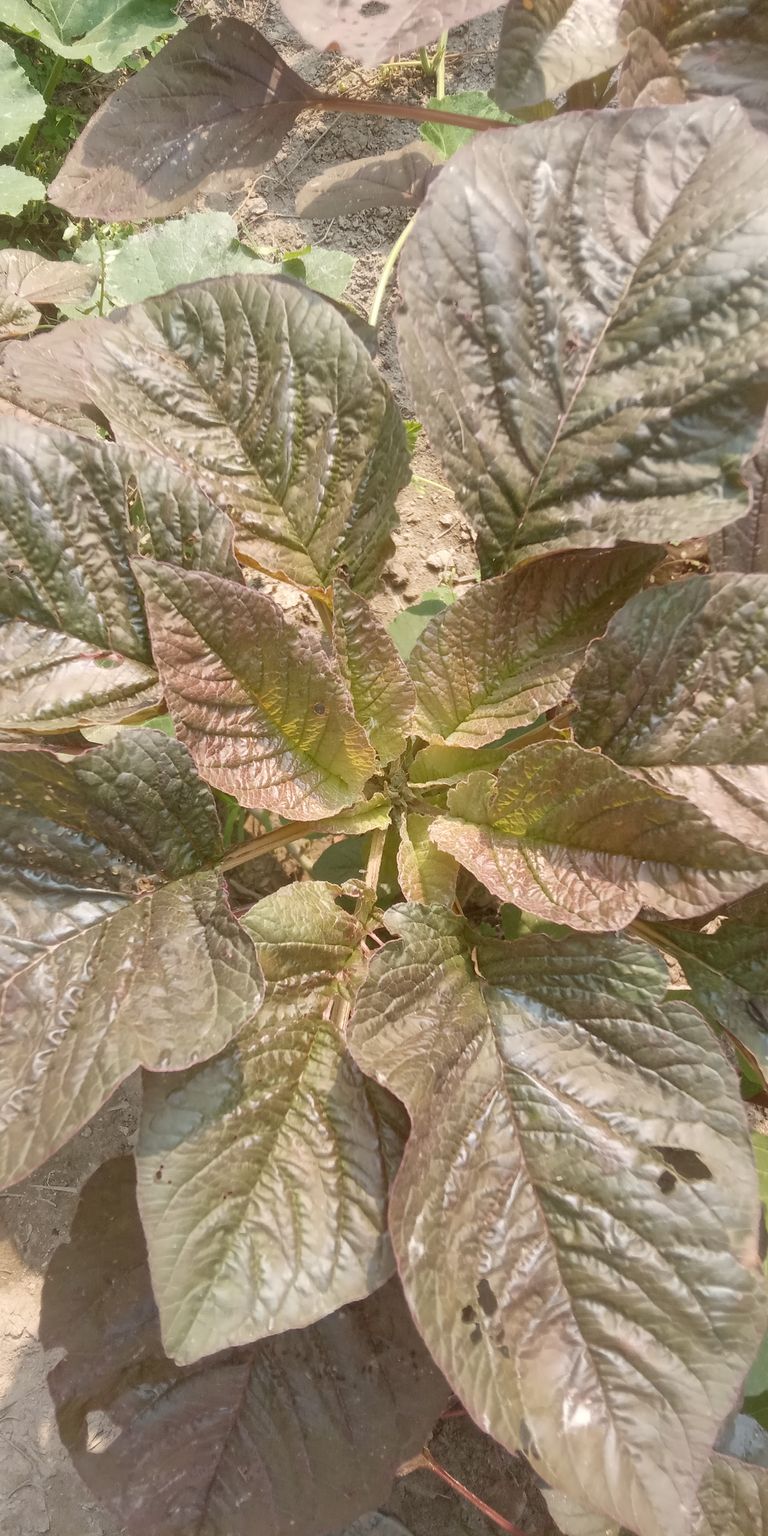
Then the seeds will germinate quickly and evenly.
15 grams of seed per cent is required for data cultivation.
Fertilizer application
In order to get a good yield of data vegetables, a moderate amount of fertilizer should be applied to the cultivated land. for every century
Dung/compost fertilizer 40kg,
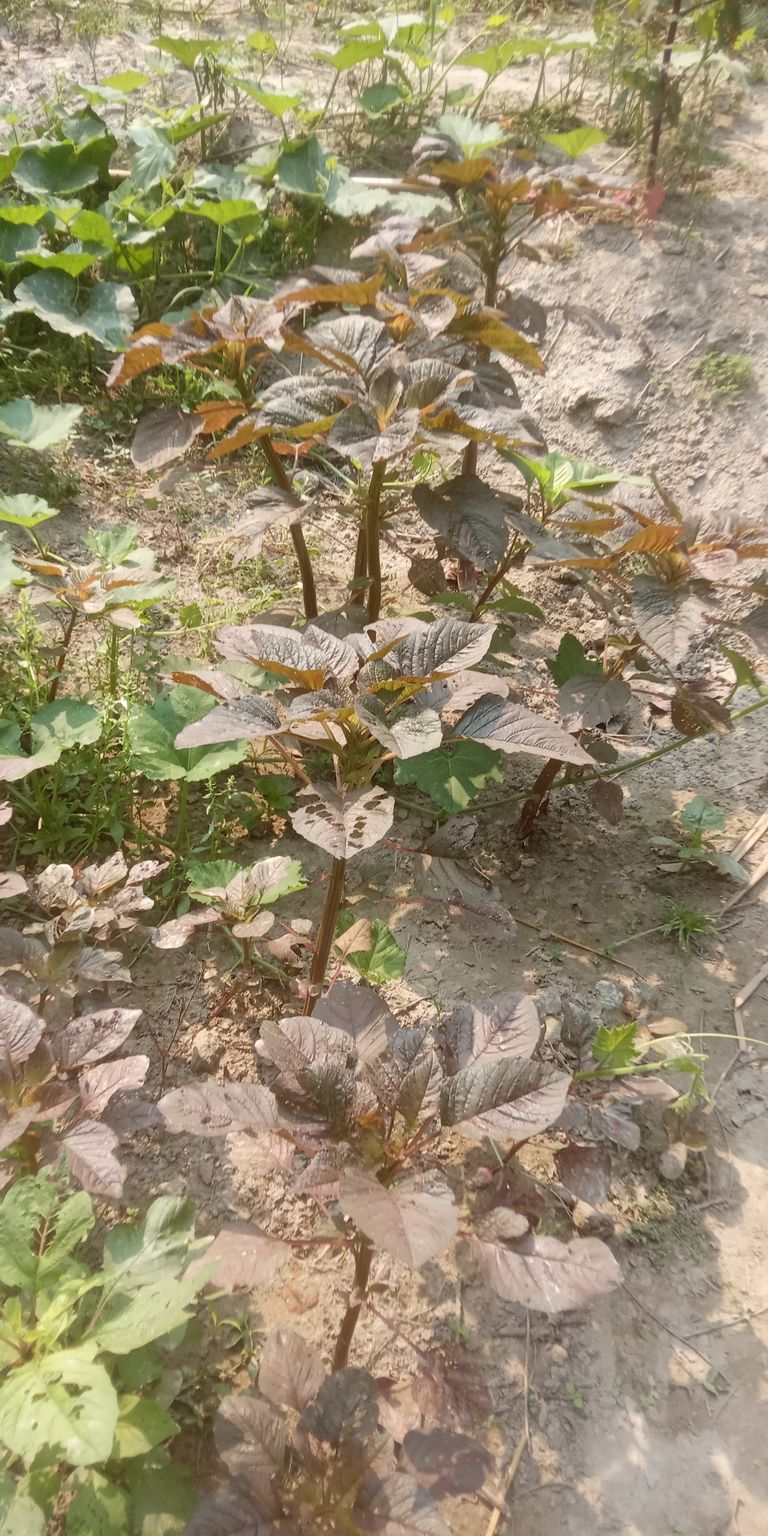
264 grams of urea,
TSP 800 grams
Mop 600g is to be applied.
At the time of last cultivation of the land, dung, TSP, half urea and potash fertilizers should be sprinkled on the soil in equal proportions. After 15 days of sowing the remaining potash and urea fertilizers should be applied.
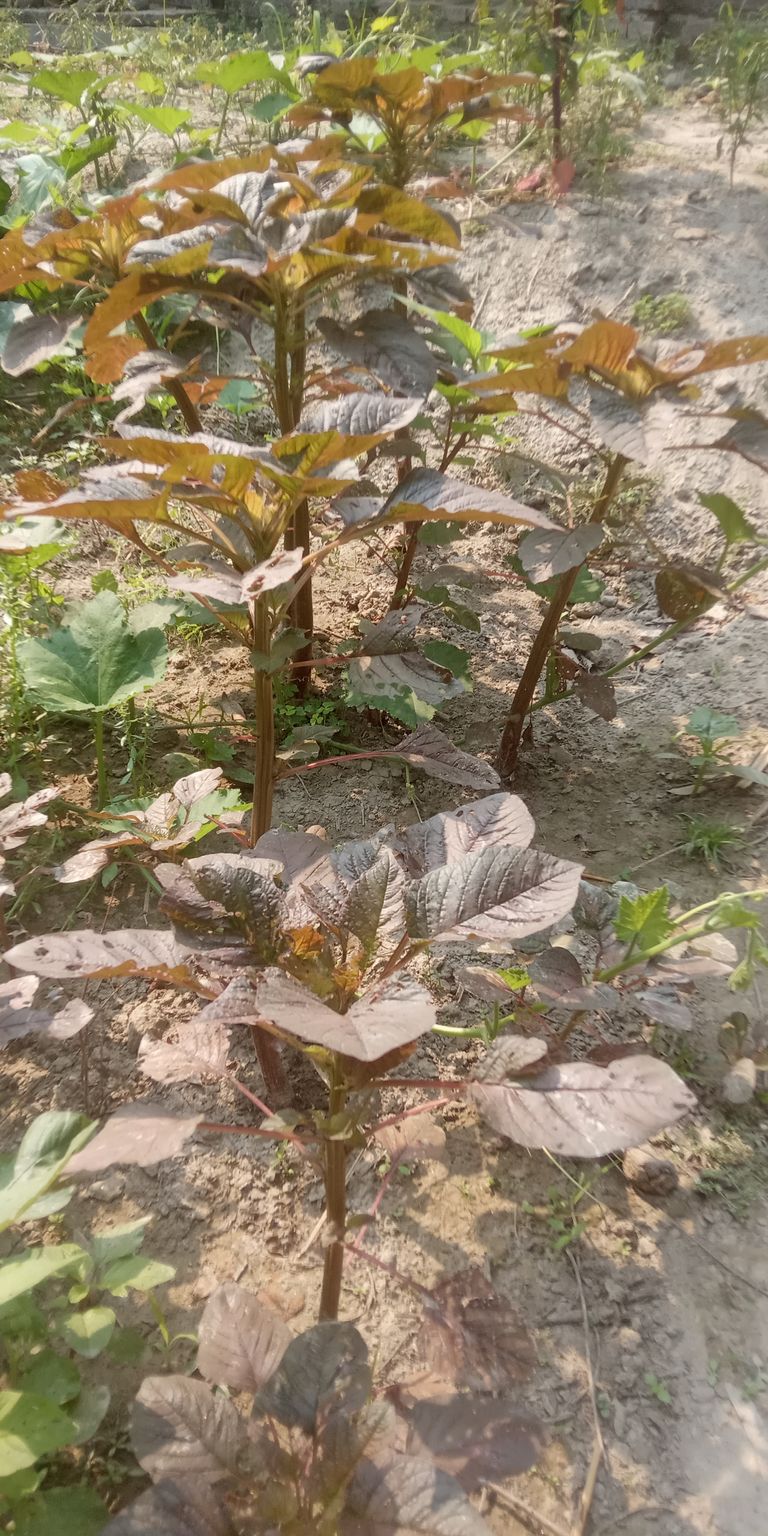
Irrigation and maintenance
Data fields should be irrigated weekly during the dry season.
Apart from this, after 1 week of sowing, the trees should be thinned and the weeds should be cleaned.
If it sticks to the land, it should be broken.
By doing this, the tree will grow faster and will be protected from root rot disease.
Pest and disease control
Anthracnose or Fruit Rot: Good disease free seed must be used to avoid this disease. Besides, the fields cannot be irrigated with fountains.
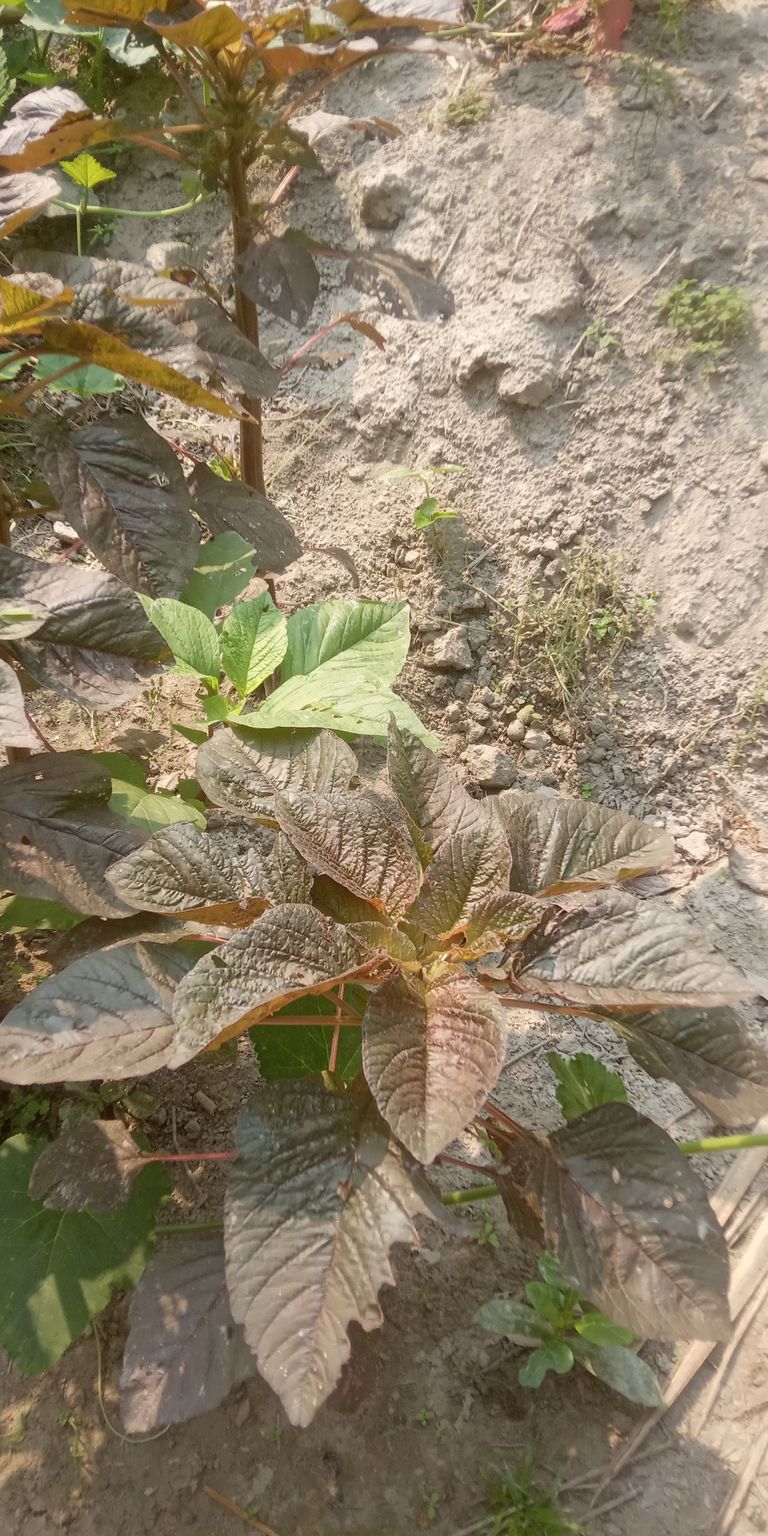
Approved fungicides Bavistin/Noin or Aconazole should be used early in the infestation.
Jab beetle: In early stages, infected leaves and twigs can be killed by hand crushing.
However, the attack of this insect can be reduced to a great extent by spraying neem seed solution.
If the level of infestation is high, short-term toxic insecticide Malathion 57 EC should be sprayed.
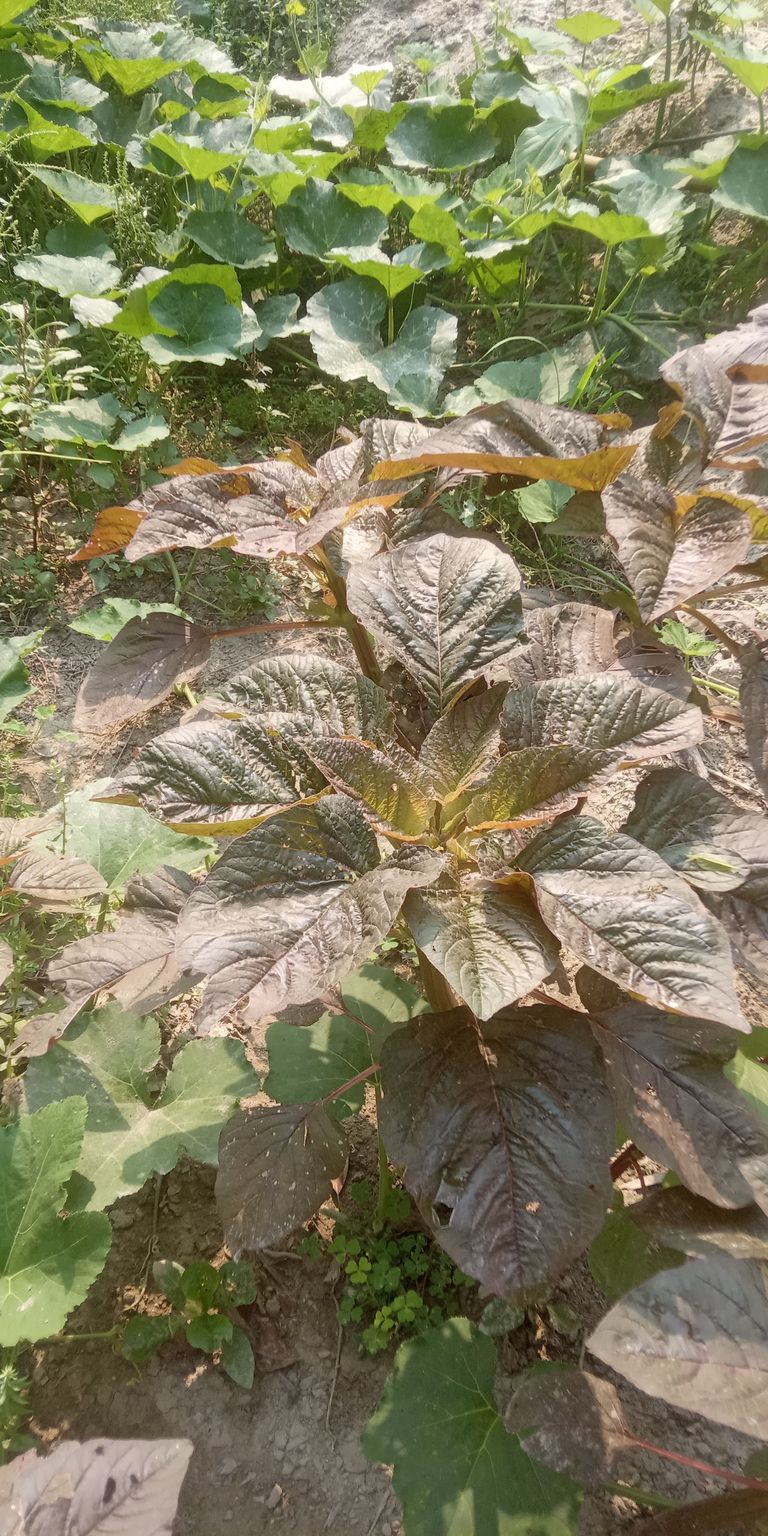
Yield and harvesting
There is no specific harvest time for stem-bearing varieties. The crop can be harvested before flowering.
However, to get good taste, the leaves should be harvested when they are soft or tender. If pesticides are applied, it is better not to collect vegetables for 5-7 days.